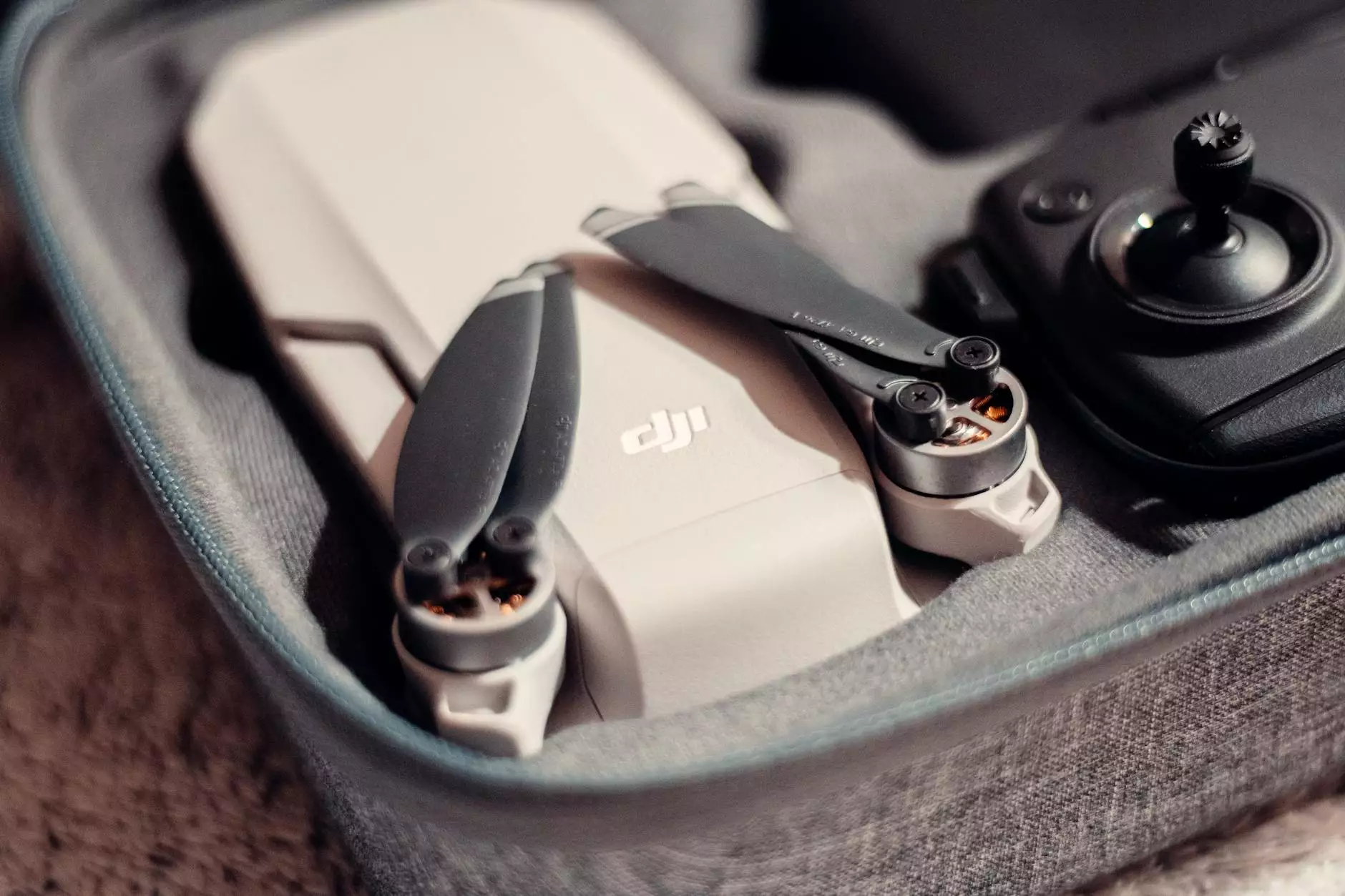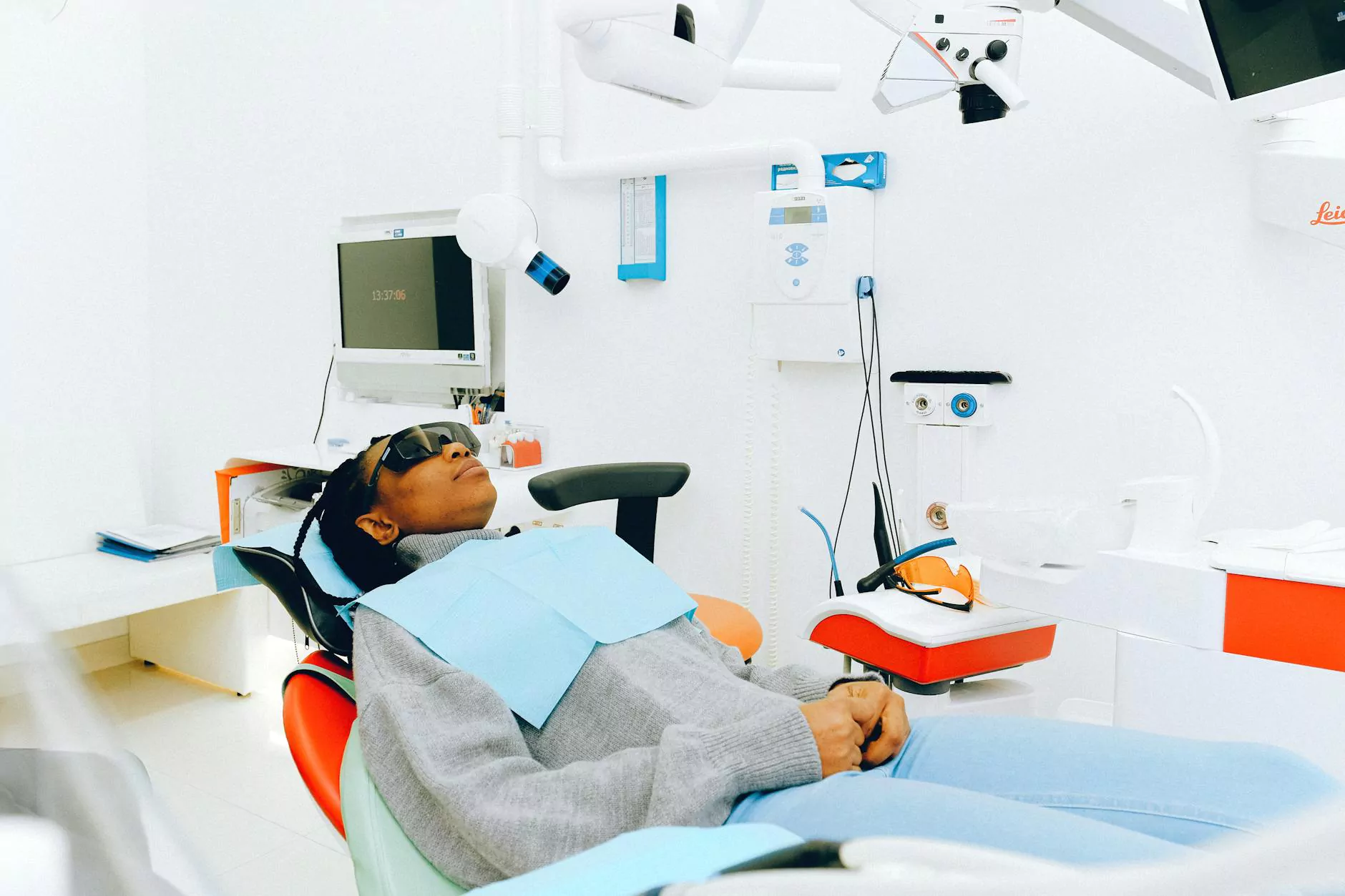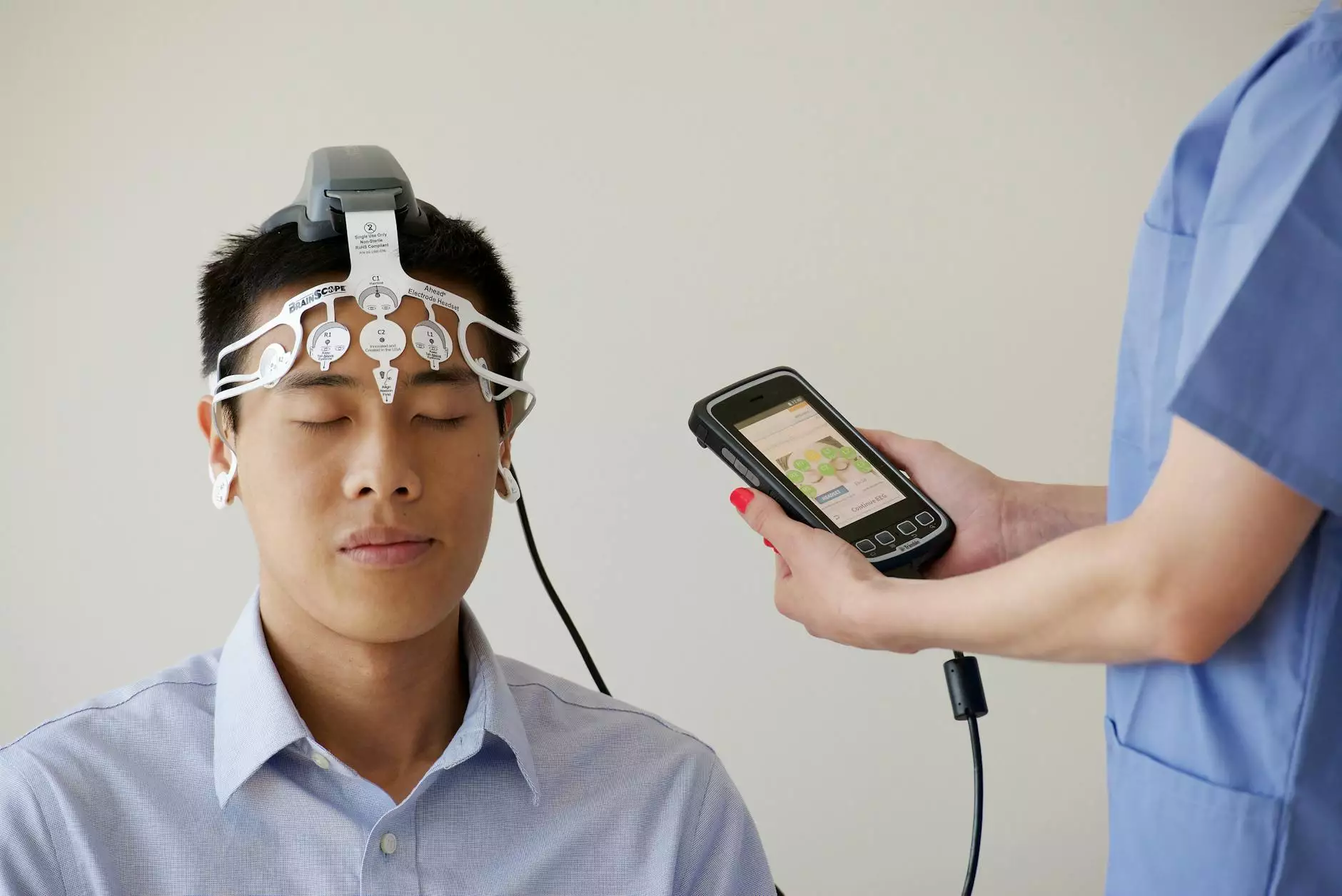What are the Basic Telehealth Hardware Requirements?
Medical Practices
Introduction
Welcome to the comprehensive guide on the basic telehealth hardware requirements to enhance communication and provide effective healthcare services from Butterfield Oxygen & Medical Equipment. In this article, we will explore the key equipment and technologies needed for a successful telehealth setup.
1. Internet Connection
One of the fundamental elements for telehealth is a reliable internet connection. It forms the backbone of seamless communication between healthcare providers and patients. A high-speed broadband or cellular connection is recommended to ensure smooth audio and video transmission, reducing any potential disruptions during telehealth consultations.
2. Communication Devices
To participate in telehealth consultations, both healthcare providers and patients require appropriate communication devices. These devices can include desktop computers, laptops, tablets, or smartphones. It is essential to choose devices that have a compatible operating system and adequate processing power to handle video conferencing software and other telehealth applications efficiently.
3. Webcam
A high-quality webcam is crucial for clear and accurate video conferencing during telehealth appointments. It enables healthcare providers to have visual interactions with their patients, facilitating better diagnostics and assessments. Ensuring the webcam has HD resolution and good low-light performance can significantly enhance the telehealth experience.
4. Audio Equipment
Clear and uninterrupted audio is vital for effective communication in telehealth consultations. Investing in a good-quality headset or microphone can help eliminate background noise and ensure crystal-clear audio transmission. This allows healthcare providers to understand their patients accurately and provide appropriate guidance.
5. Display Devices
Having an adequate display device is essential for both healthcare providers and patients to view medical records, test results, and other visual information during telehealth visits. Large monitors or tablets with high-resolution displays enable clear visibility of critical data, ensuring accurate analysis and diagnosis.
6. Secure Connectivity
Telehealth involves the transmission of sensitive patient information, making data security a top priority. It is crucial to have secure connectivity measures in place, such as using encrypted networks and virtual private networks (VPNs). These safeguards protect patient confidentiality and ensure compliance with privacy regulations.
7. Remote Monitoring Devices
For certain telehealth applications, remote monitoring devices play a crucial role in gathering patient data between appointments. These devices can include blood pressure monitors, pulse oximeters, glucose meters, and more. By integrating these devices into the telehealth setup, healthcare providers can closely monitor patients' health conditions and make informed decisions remotely.
8. Collaborative Software
Effective collaboration among healthcare providers, patients, and other stakeholders is essential for a successful telehealth environment. Collaborative software tools, such as secure messaging platforms, document sharing applications, and electronic health record systems, facilitate seamless information exchange and enable coordinated care delivery.
Conclusion
In conclusion, understanding the basic telehealth hardware requirements is crucial for implementing a successful telehealth system. From robust internet connections and communication devices to high-quality webcams and audio equipment, each component plays a vital role in creating a seamless healthcare experience for both providers and patients. By investing in the right technologies and equipment, Butterfield Oxygen & Medical Equipment is committed to delivering state-of-the-art telehealth solutions that ensure enhanced patient care and customer satisfaction.




